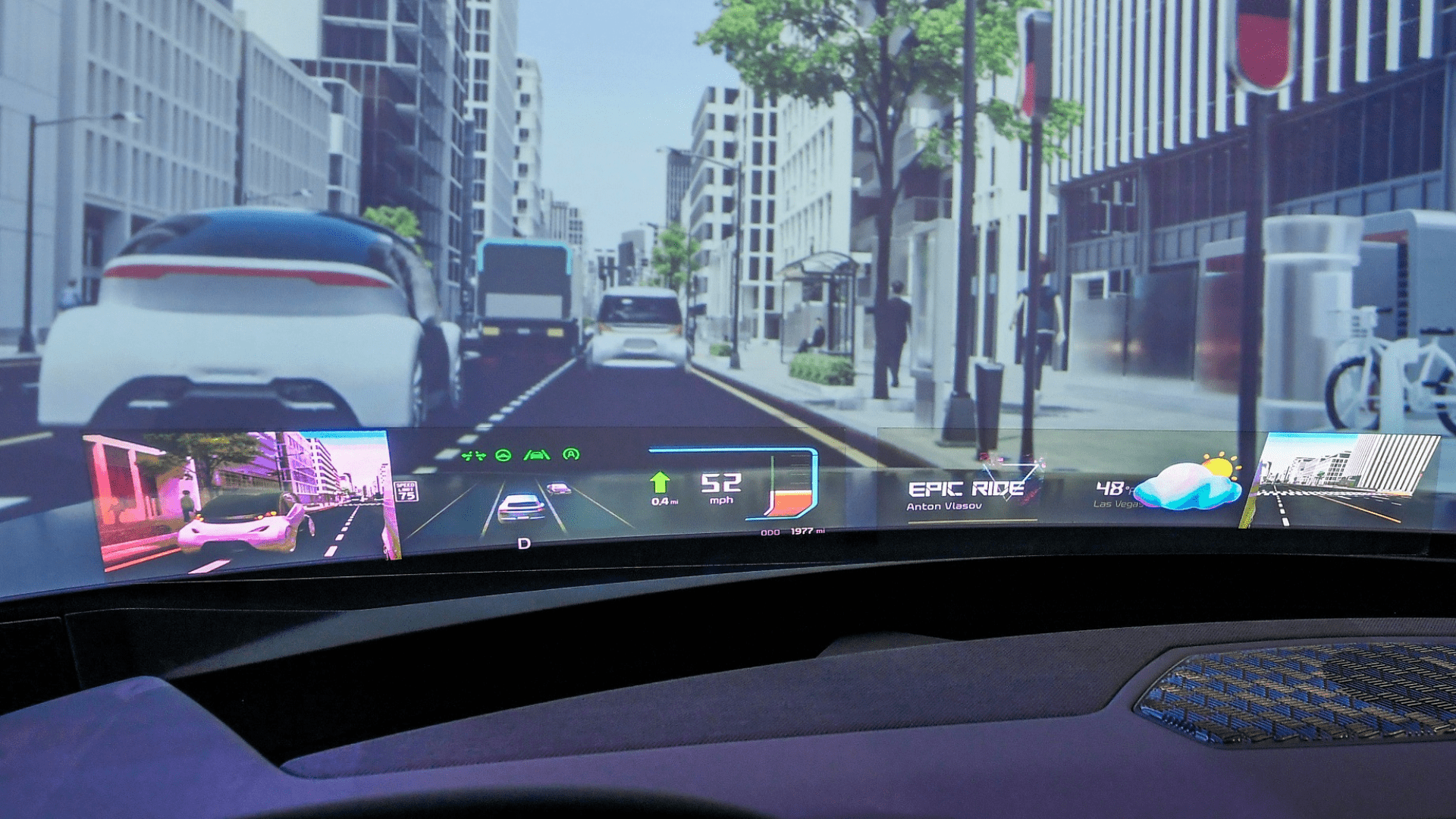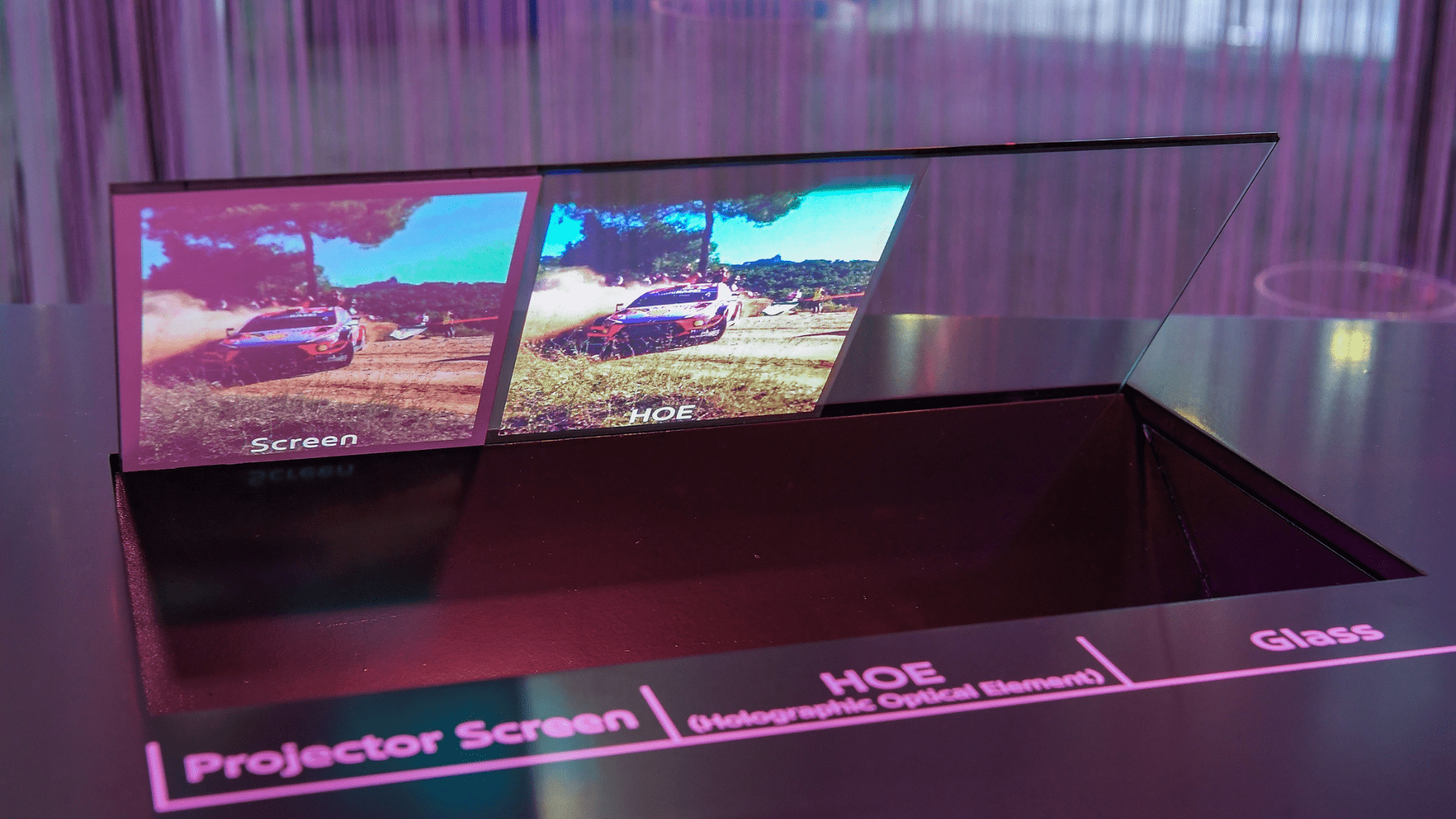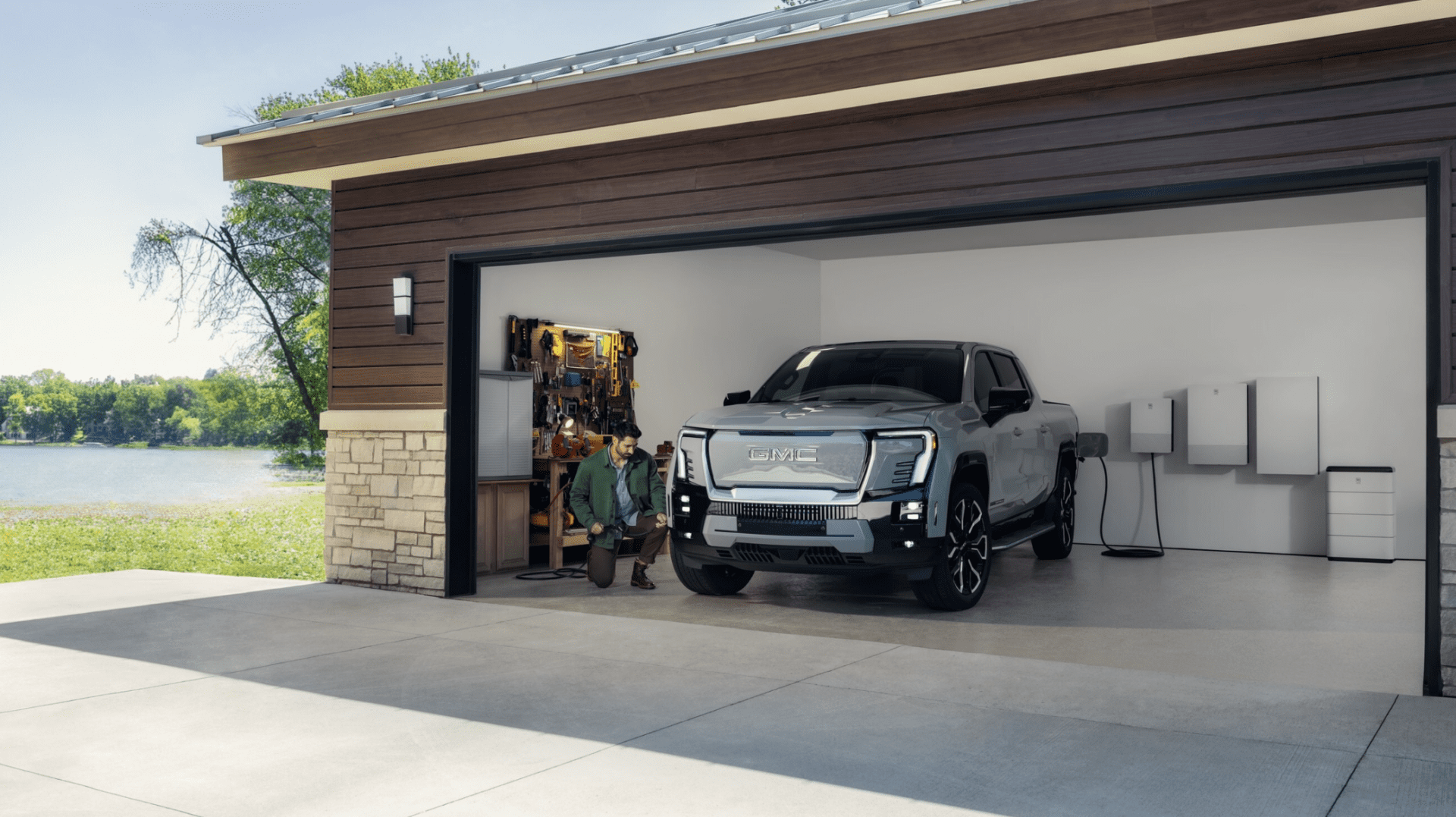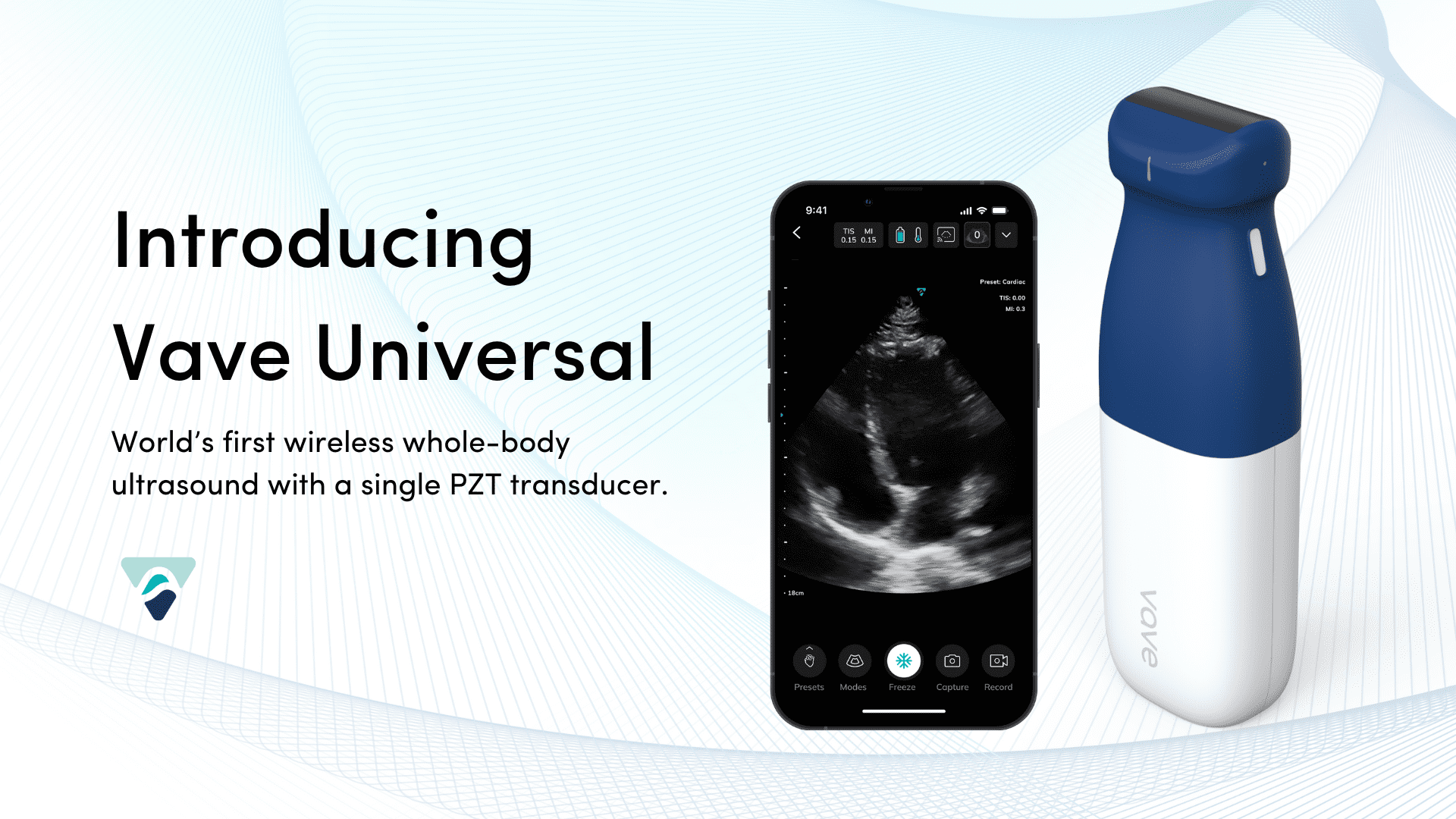Among the new, revolutionary concepts and innovations at CES 2025 were Hyundai Mobis and its holographic windshield display. Hyundai Mobis introduced a new in-vehicle display that does not require a display device. The auto parts company says it’s completely different from a conventional in-vehicle display.
Holographic Windshield Display

Hyundai Mobis’ “holographic windshield display” transforms the front windshield into a transparent display. At CES, the Kia’s electric vehicle EV9, embedded with the technology, demonstrated a unique user experience.
Recently, the in-vehicle display has focused on user experience, such as larger screens, HD graphics, and new technologies. Even designs are shifting towards making the interior stand out and establishing a specific brand image. Automakers worldwide are prioritizing this, with almost every new model incorporating a more innovative in-vehicle display.
Of course, what makes Hyundai Mobis’ holographic technology stand out is its ability to project onto the windshield. It’s the world’s first display technology to do that. The technology projects a transparent screen without any additional devices. This means that there are no display devices on the driver or passenger side of the vehicle. However, driving information, navigation, and music playlists will be displayed at the bottom of the windshield. The company says this will not distract other drivers passing by because it looks like a transparent windshield.
Windshield Technology

The holographic windshield display projects images and videos anywhere on the windshield as needed. It can do this because of a special film that uses an optical component called HOE (Holographic Optical Element). Unlike a conventional screen, this film uses a special principle that bends light from its original path to reach its destination. In addition, it has a privacy mode that allows the driver to see the display before a passenger.
The film, or holographic technology, is adaptable to where the driver places it. For example, if a user places the film on the side of the windshield, it can work like a smartphone’s curved edge screen. A user can also place it on the top or bottom of the windshield. The holographic windshield display is reportedly the only in-vehicle display technology capable of transforming the entire front window into a functional display when required.







